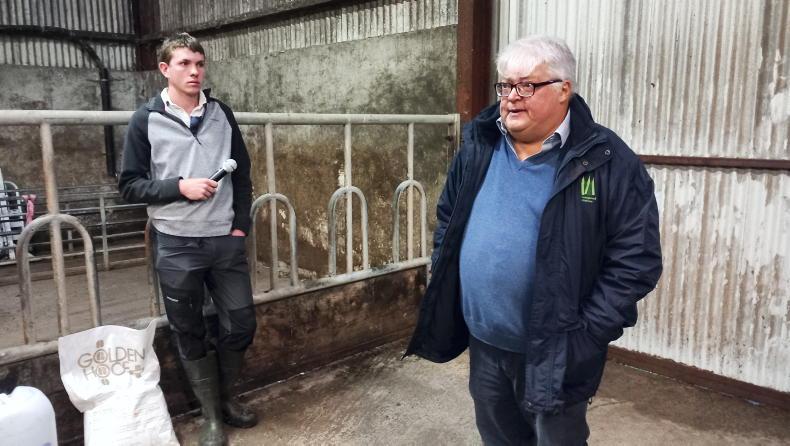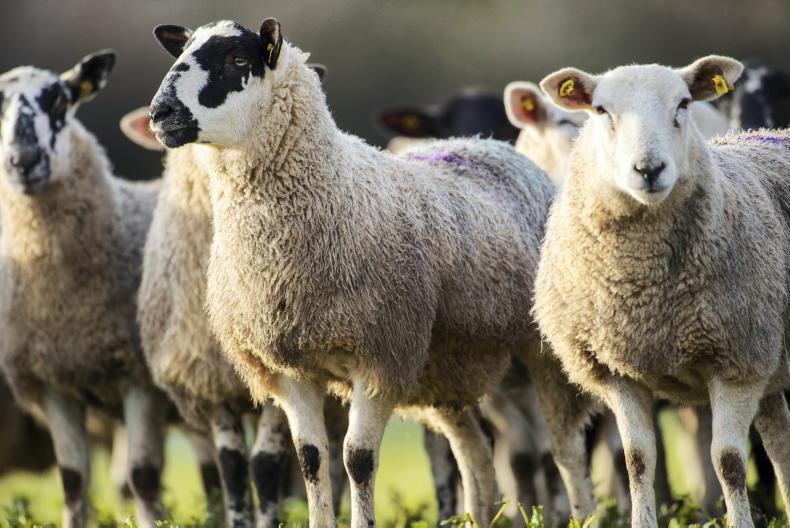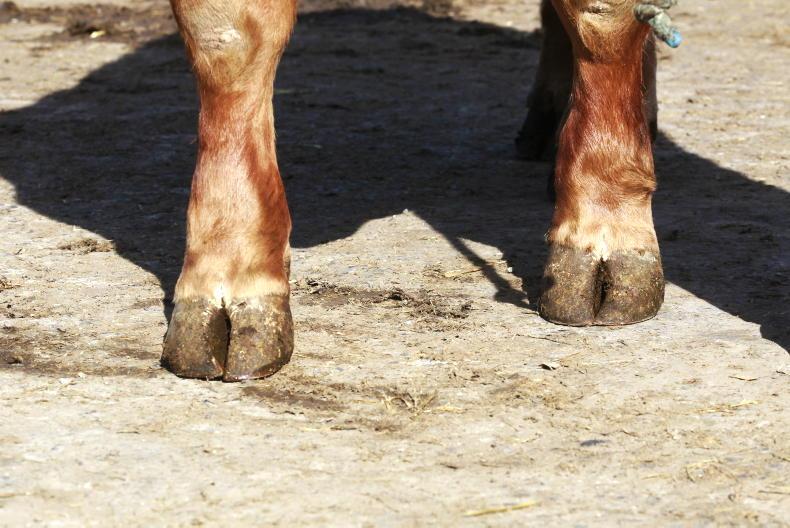A crucial step to help control lameness in sheep is to cull persistently lame ewes, according to Dr Jason Barley from the Agri Food and Biosciences Institute (AFBI).
Speaking on a farm near Newtownabbey, Co Antrim, Barley suggested that ewes which need treated for lameness more than twice should be earmarked for culling.
“You don’t want to keep ewes with chronic under-run feet that never get right. They act as a reservoir of infection for the rest of the flock,” he said.
Barley said new research findings have come to light in recent years, which has led to some changes in the advice offered to farmers for controlling lameness.
For example, foot trimming is no longer recommended in almost all cases.
“Routine trimming of feet is unnecessary and can cause more damage than it prevents,” he said.
Researchers have also found that scald is caused by the same bacteria that causes foot rot, so the two conditions can be inter-linked.
“Scald needs to be viewed a bit more seriously than it was. If scald is bad in lambs, you are more likely to have foot rot in ewes,” Barley said.
Diagnosis
The veterinary scientist said that correct diagnosis and early treatment is important for dealing with lame sheep.
For example, signs of scald include inflamed skin between otherwise healthy toes. It tends to cause mild lameness and can usually be treated with an antibiotic spray.
Barley described foot rot as “scald’s big brother” and said signs include separation of the horn from the foot, as well as grey, foul-smelling tissue below the loose horn.
Again, antibiotic spray will be needed, plus an antibiotic injection should be used under advice from a vet.
“Do not foot trim. It will only delay healing and the trimmings will remain a source of infection for several weeks,” Barley said.
“Excessive trimming is also the most common cause of toe granulomas, which are often referred to as strawberries,” he added.
CODD
The same advice on trimming was given for sheep infected with Contagious Ovine Digital Dermatitis (CODD).
This infection starts at the coronary band, where the top of the hoof meets the bottom of the leg. This differs to foot rot, as it tends to start at the bottom of the foot near the sole.
CODD usually leads to the horn becoming detached and it causes significant lameness in sheep.
Barley said early treatment of CODD with a long-acting amoxicillin can prove effective in 70-75% of cases.
Antibiotics which are labelled as “critically important” may be needed, under veterinary prescription, for more extreme cases of CODD.
Advice on foot bathing and buying stock
Foot bathing has a role to play in keeping the skin, horn and sole of sheep’s feet in a healthy condition, AFBI vet Dr Jason Barley has said.
At an on-farm lameness event, organised by CAFRE, Barley said it was important to carefully follow the manufacturers’ guidelines when using footbath solutions.
He said using certain products too regularly or at high concentrations can be counter productive, as it can have a negative effect on foot health.
Barley said foot bathing should ideally be carried out on a dry day and feet should be as clean as possible beforehand.
“This could be achieved by placing a second foot bath filled with water immediately before the main foot bath,” he suggested.
Afterwards, sheep should stand in a dry, hard surface to allow the solution to dry on their feet.
The AFBI vet also recommended having a strict quarantine policy in place to prevent bringing infectious diseases into the flock, such as CODD.
Bought-in stock should be kept separate from the rest of the flock for several weeks and should be closely observed for signs of any health issues.
Similarly, Barley suggested sheep that come back from winter grazing on dairy farms should be monitored for lameness, as there are links between digital dermatitis in dairy cattle and CODD in sheep.










SHARING OPTIONS